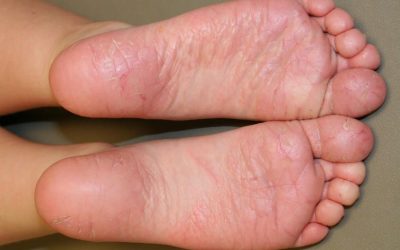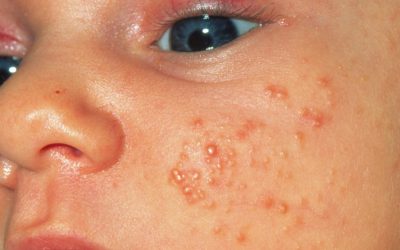Polymorphic light rash (sun allergy)
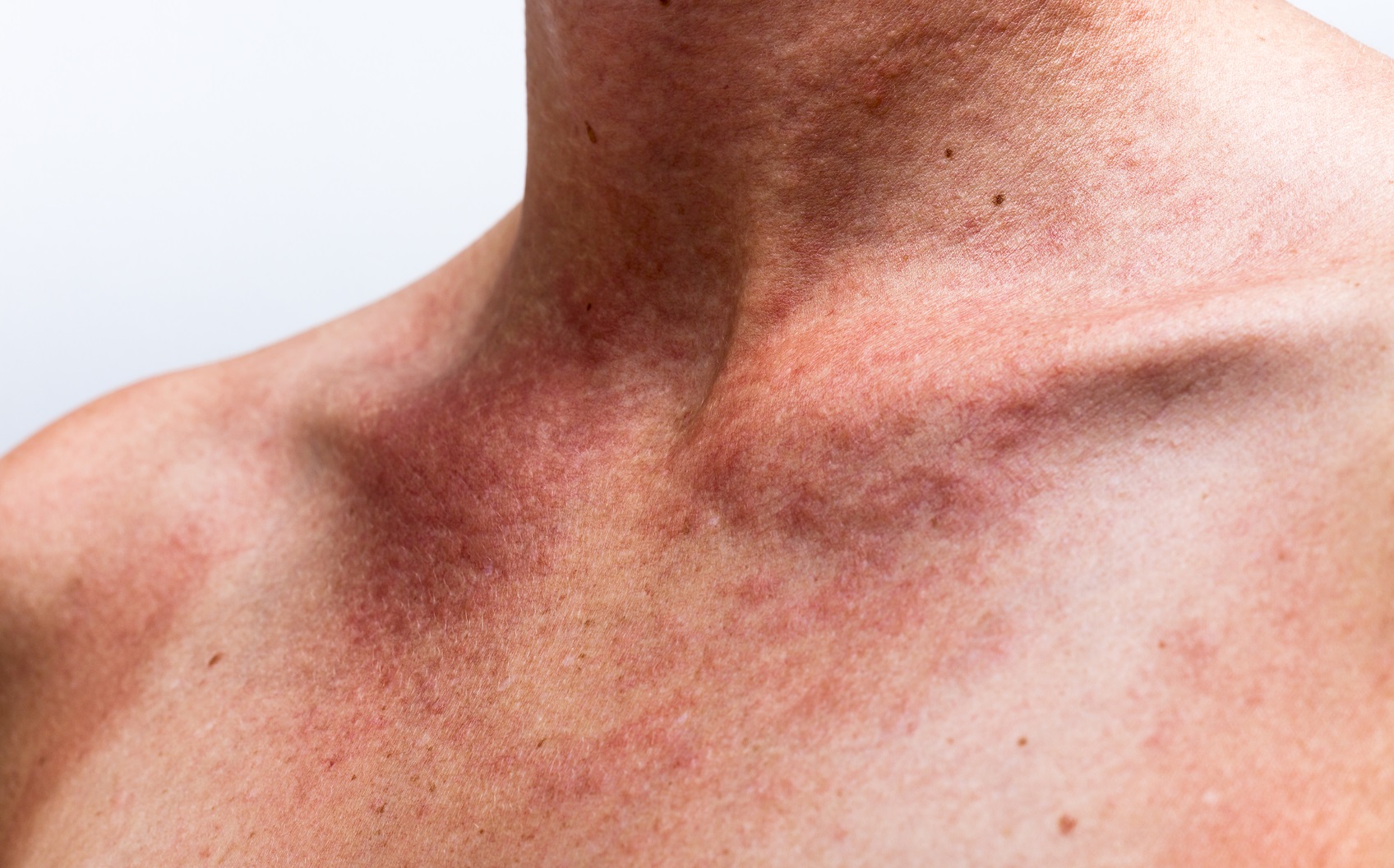
It usually occurs during the warm season (spring, summer), which means it is seasonal. Itchy, small, pink or skin-coloured papular rashes, less commonly plaques and vesicles, appear on areas of skin exposed to direct sun within a few hours, less often after a couple of days. Skin lesions disappear spontaneously within a few days if you avoid the sun.
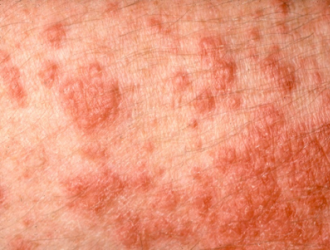
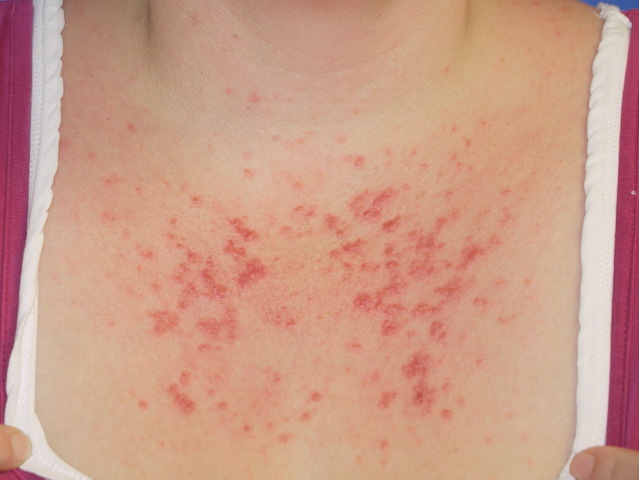
The diagnosis is based on medical history (exposure to direct sunlight), clinical symptoms (itchy rash on sun-exposed areas of the body) and seasonality (warm season). In most cases, no further tests are needed.
– Sun protection: clothes that cover the skin, SPF 50 sunscreen
– Prophylactic phototherapy (narrow-wave UVB phototherapy) in early spring or late winter to increase tolerance to the sun’s ultraviolet rays during the warm season. The course is 2-3 treatments per week for 4-6 weeks each year.
Treatment:
– Corticosteroid ointments. They are effective in reducing inflammation and itching. These drugs are given for 5-7 days, 1-2 times a day.
– In advanced disease, oral corticosteroids are prescribed.

Psoriasis
A common, chronic, inflammatory, recurring skin disease that affects 2-3% of the population. Psoriasis can start at any age, and is most often found in adults.
Juvenile plantar dermatosis
a disease characterized by localized damage to the feet. JPD usually occurs in children between the ages of 3 and 14 who are prone to atopy or have atopic dermatitis
Skin Conditions in Newborns: Causes, Symptoms, and Care Tips
Skin conditions like rashes, eczema, and cradle cap are common in newborns. Proper skin care is essential for managing and preventing these issues. Learn how to care for your baby’s delicate skin and address common skin conditions effectively.



